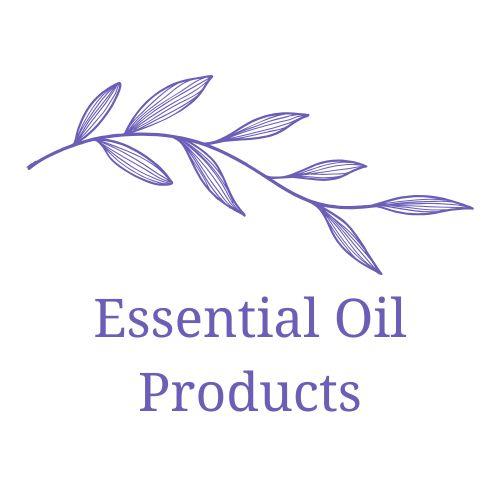Your cart is currently empty!
Spotlight on Frankincense Essential Oil: The Ancient Resin Meets Modern Science
Spotlight on Frankincense Essential Oil: The Ancient Resin Meets Modern Science
For centuries, frankincense essential oil has captivated cultures worldwide. Derived from the Boswellia serrata tree, this ancient resin continues to shine in both traditional practices and modern wellness applications. Today, we explore its historical significance, molecular components, research-backed therapeutic claims, and its unique place in modern holistic health.
The Rich History of Frankincense
Frankincense has a storied past that dates back thousands of years. Revered in ancient Egypt, it was used in religious ceremonies, perfumes, and embalming processes. It appears frequently in biblical texts, highlighting its importance as a gift fit for royalty. Many cultures, particularly in the Mediterranean and Middle Eastern regions, utilized frankincense not only for its aromatic properties but also for its medicinal uses.
The Modern Science Behind Frankincense
With the rise of holistic health practices and essential oils in recent years, modern science has begun to validate many of the historical claims surrounding frankincense. Recent studies have focused on its active components and therapeutic effects.
Molecular Components and Boswellic Acids
The oil extracted from the Boswellia serrata tree is rich in various bioactive compounds. One of the standout components is boswellic acids, which have gained attention for their promising health benefits. These compounds are believed to possess anti-inflammatory properties that may assist in managing conditions such as arthritis and asthma.
Emerging Research and Verified Claims
Research into frankincense essential oil has expanded exponentially, particularly regarding its potential in pain relief and mood enhancement. Studies have shown that inhalation of frankincense oil can increase feelings of calm and reduce anxiety, making it popular in meditation practices.
Additionally, some trials have indicated that frankincense research benefits may include promoting cellular health and improving immune function. While more extensive studies are vital to fully understand these effects, both traditional evidence and initial scientific findings suggest that frankincense is far more than just a fragrant oil.
Traditional Uses of Frankincense
In ancient times, frankincense was commonly used for its healing properties. Today, it is often used in aromatherapy and meditation due to its calming effects. When inhaled or diffused, it can create an uplifting atmosphere, helping to enhance spiritual practices.
Frankincense for Meditation
Many practitioners of mindfulness and meditation incorporate frankincense essential oil into their routines. It’s believed that the rich aroma can help ground practitioners, allowing for deeper focus during meditation sessions. The oil is often favored for its ability to create a serene environment, fostering mindfulness.
The Inhalation vs. Ingestion Debate
As the popularity of essential oils has surged, so too has the debate surrounding the best methods for using them. Inhalation remains a widely accepted method for utilizing frankincense essential oil, allowing for its aromatic benefits to permeate the air and influence mood. Conversely, some advocates suggest that ingestion can lead to more profound health benefits, although this practice warrants caution and should only be done under guidance.
It’s crucial to note that, while ingestion of certain essential oils is practiced, there are varying opinions within the holistic health community. Safety and quality, particularly related to quality grading in frankincense, play a vital role in determining the best methods for individualized care.
Quality Grading in Frankincense
Quality can vary significantly among frankincense products. The grading system takes into account different factors such as the tree species, harvesting methods, and resin quality. For therapeutic applications, it is essential to source oils that are pure and unadulterated. High-quality frankincense is typically distilled and free from synthetic additives, ensuring maximum benefits.
Utilizing Frankincense Essential Oil
For newcomers to frankincense, there are numerous ways to incorporate this essential oil into your daily life. Here are some popular methods:
- Aromatherapy Diffuser: Add a few drops to a diffuser to fill your space with a calming fragrance.
- Massage Oils: Combine with a carrier oil for a soothing massage that harnesses its anti-inflammatory properties.
- Bath Soak: Add to your bathwater for a relaxing soak that promotes tranquility.
- Skincare: Incorporate into skincare formulations for its potential healing properties.
Safety and Precautions
When using frankincense essential oil, it’s essential to take certain precautions. Always dilute the oil when applying it to the skin, and consider conducting a patch test to ensure there are no allergic reactions. Pregnant women, nursing mothers, and those with pre-existing health conditions should consult a healthcare provider before using essential oils.
As the interest in frankincense continues to grow, both traditional and modern applications remain relevant. By blending ancient wisdom with contemporary research, frankincense essential oil stands as a testament to the enduring power of nature in supporting well-being. Whether used for meditation, relaxation, or therapeutic benefits, the allure of Boswellia serrata is well-deserved, inviting us to explore its many dimensions.

Leave a Reply